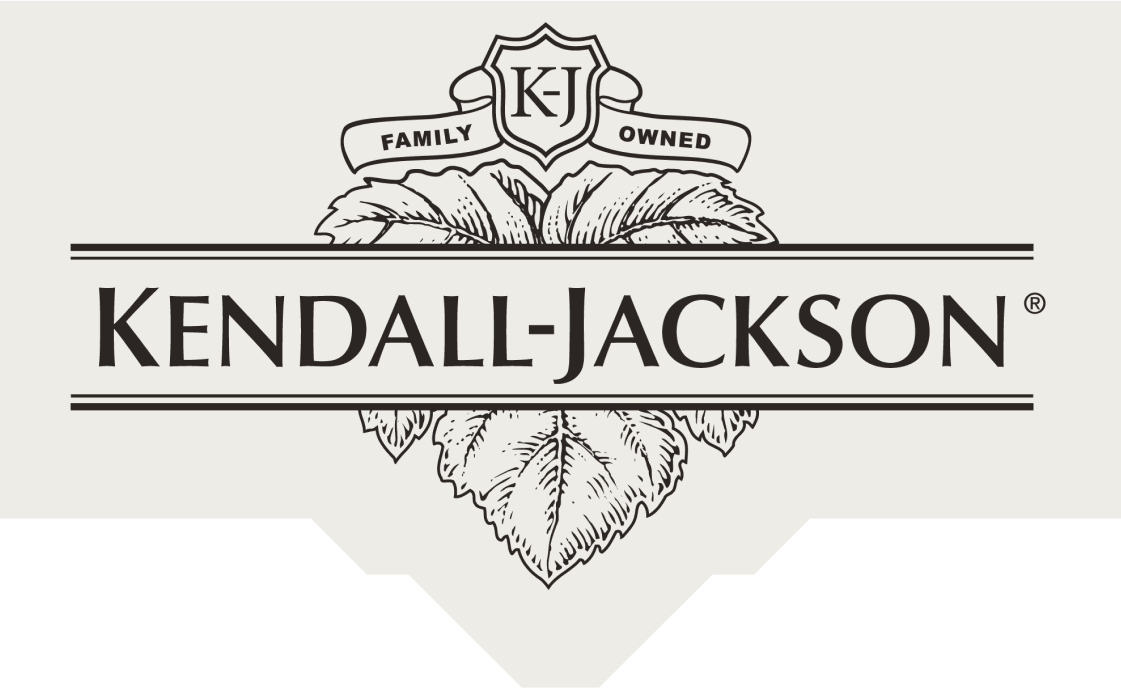Farming the Soil with Food Waste
Originally posted on Lexicon of Sustainability.
Oftentimes, visitors to my gardens are surprised to discover that our compost pile doesn’t smell bad. This is because many of us have grown up thinking of our food scraps as garbage: something that rots and stinks and attracts flies. It’s time for each of us to stop thinking of our vegetable scraps — apple cores, onion peels, carrot shavings — as “waste” and start thinking of them as a valuable resource; an essential element in the cycle of sustainable, organic food production.
“Waste” when it comes to food, is a misnomer. Waste is defined as material that is not wanted or the unusable remains of byproducts of something. But most of our food “waste” can be recycled into the system of soil building, plant growth and plant consumption. Through recycling, waste becomes compost.
Compost is organic matter that has been decomposed and is used as a soil amendment to increase soil structure, fertility, and moisture retention. The compost food web is composed of a diversified array of microscopic and macroscopic decomposers. Some of the microbes act as translators in a symbiotic relationship with the root hairs. They break down organic nutrients into an inorganic form for the plant to uptake in exchange for carbohydrates and sugars.
I consider myself a farmer of soil as much as, if not more so, a farmer of produce. Without healthy, living soil, I couldn’t grow the vibrant, flavorful and nutrient-rich produce we enjoy so much. And without compost, I couldn’t create healthy, living soil. And without food “waste” soil would just be dirt.




